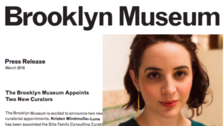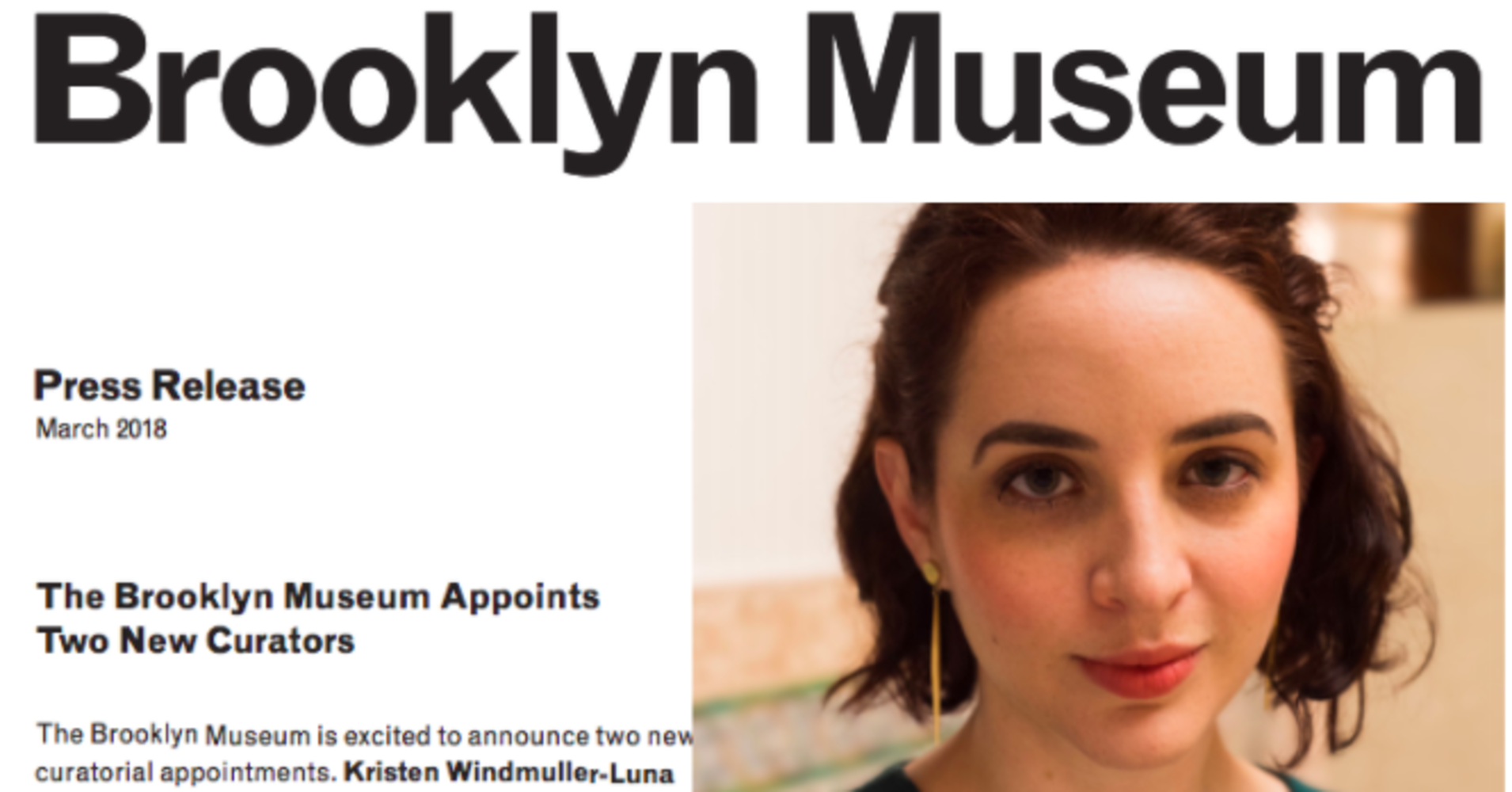[ad_1]

The Brooklyn Museum is having a “Black Panther” moment.
The museum announced on Monday that it had appointed two new curators: Drew Sawyer for photography, and Kristen Windmuller-Luna, who will manage the museum’s African art collections.
People are not happy that both curators, but particularly Windmuller-Luna, are white.
Most critics of the choice, including scholars who work in the field of art history, wondered why the museum couldn’t find a qualified black candidate as a curator of African art. Some said the hire highlighted a general lack of diversity in the arts, while others suggested the hires were just another sign of Brooklyn’s gentrification.
Meanwhile, other Twitter users are comparing the hire to the museum heist scene from the hit film “Black Panther.” The scene begins with antagonist Erik “Killmonger” Stevens browsing through a museum while security watches closely over him. A white female curator eventually approaches Killmonger and gives him the history of the West African artifacts he’s looking at.
When Killmonger tells her that one of the artifacts actually originated from the fictional Wakanda and was stolen by British soldiers, the curator looks surprised.
“How do you think your ancestors got these,” Killmonger asks the woman, after saying he would take the artifact. “Do you think they paid a fair price? Or did they take it, like they took everything else?”
“We as museum professionals need to talk about the inclusion of this scene,” writes Casey Haughin, a Johns Hopkins University art student and editor of The Hopkins Exhibitionist, in an op-ed that went viral in February.
“The museum is presented as an illegal mechanism of colonialism, and along with that, a space which does not even welcome those whose culture it displays,” she continued.
That scene from the fictional Marvel film, and now the Brooklyn Museum’s latest hire, illustrate the very real lack of diversity in the art world.
African-Americans made up a mere 4 percent of all curators, conservators, educators and museum leaders, while Hispanics made up 3 percent and Asians made up 6 percent, according to a widespread museum demographic survey completed by the Andrew W. Mellon Foundation in 2015. White scholars occupied those roles at overwhelming rates, while people of color were more represented at museums through janitorial or security roles.
African-Americans made up a mere 4 percent of all curators, conservators, educators and museum leaders.
Mariët Westermann, vice president of the Andrew W. Mellon Foundation, noted in the survey’s summary that this underrepresentation was a well-known phenomenon within museum circles.
That’s partly why art scholars of color are angry over the Brooklyn Museum’s hire.
“These are fraught issues, and the curator in question is a highly qualified scholar poised to do great work,” Ananda Cohen-Aponte, an art historian who teaches at Cornell University, wrote on Twitter.
“But we’re in a complex cultural moment where institutions are being held accountable in unprecedented ways, [especially with] social media bringing many more into the [conversation].”
Brooklyn Museum and its curatorial staff did not respond to HuffPost’s questions over its hiring process and whether it had considered candidates of color, but a press release announcing Windmuller-Luna’s hire said she was selected because of her expertise in African art.
According to several biographies of her published by universities and museums, she has received her Ph.D. in African Art History from Princeton University, worked as an African Arts research specialist at Princeton’s art museum, and is a lecturer at Columbia University.
“Kristen is the perfect choice to build upon the Brooklyn Museum’s track record as an innovator in the collection and exhibition of the arts of Africa,” Jennifer Chi, the museum’s chief curator, said in the release.
Chi also said that Windmuller-Luna has a “vision for a new permanent collection installation that transforms how viewers relate to the arts of Africa” for the museum’s exhibit of African art in 1923.
To be sure, Windmuller-Luna is qualified for her new job. But the question many people are asking is whether there was an art scholar of color suitable for the role, too. And, in case the museum couldn’t find one, Cohen-Aponte has started a #POCarthistory Twitter thread filled with exceptionally qualified candidates.
[ad_2]
Source link

